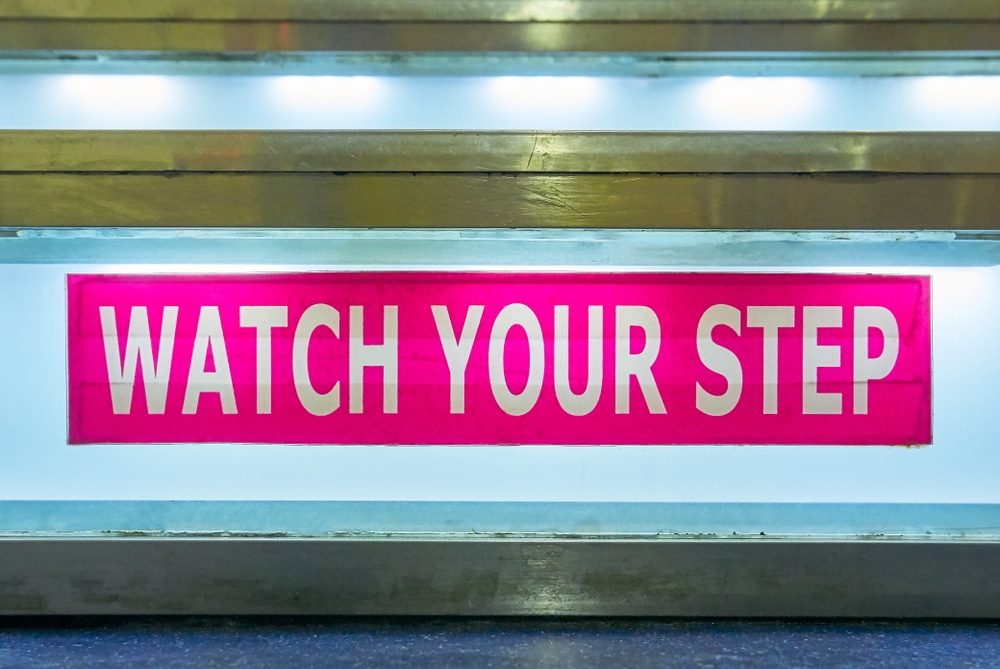
The maritime industry requires workers to perform tasks in dynamic environments. Workers in shipyards, on vessels or near docks face unique hazards that can cause serious injuries or death if accidents occur. That is why it is so important to recognize maritime injury risks and take measures to prevent accidents.
One of the most common causes of maritime injuries is slip, trip and fall accidents. These accidents occur frequently due to the nature of maritime work and quickly-changing work conditions. Slips, trips and falls can happen in any part of the maritime industry, including construction, scrapping, repair, commercial fishing, cruise lines, shipyards and docks.
Statistics about Slip, Trip and Fall Injuries
Slip, trip and fall accidents are one of the leading causes of injury and death in the maritime industry. Sadly, it doesn’t appear that the rates of injury or death are declining. It also appears that these maritime injuries are an international risk. Countries outside the United States that have a strong presence in the shipping industry also report high rates of slip, trip and fall accidents.
The Occupational Safety and Health Administration (OSHA) estimates that, in the U.S., slip and fall accidents are responsible for 43 percent of maritime injuries. In the United Kingdom (U.K.), 20 percent of maritime injury claims are due to slip, trip and fall accidents. U.K. company, Gard, published an Annual Overview of Marine Casualties in 2019 that also found that nearly every rank of maritime worker is at risk for slip, trip and fall hazards. Their report shows the following:
Seamen account for 40 percent of injuries, with the following breakdown:
- Able bodied seamen – 38 percent
- Ordinary seamen – 12 percent
- Bosun – 11 percent
Officers account for another 40 percent of injuries, with the following breakdown:
- Chief officers – 20 percent
- Chief engineers – 18 percent
- Electricians – 15 percent
The Centers for Disease Control and Prevention (CDC) estimates that maritime workers suffer injury at double the rate of all other industries overall. Maritime workers also have a fatality rate of five times greater than the overall U.S. workforce. Among those injured and killed, many are longshoremen, marine terminal operators and workers in ports.
Common Causes of Slip, Trip and Fall Accidents
There are numerous reasons why slip, trip and fall accidents are the most common cause of injuries among maritime workers. OSHA lists a variety of problems on ships and in shipyards that can lead to slip, trip or fall accidents. These include:
- Service lines or hoses that run across the deck, which presents a tripping hazard.
- Missing grates or plates, which workers can step in or fall into.
- Deck openings that are not properly closed or marked.
- Single plank “horse staging” to access work areas.
- Access cuts to remove or install ship components not properly marked or closed.
Of course, moving vessels, changes in weather and surf conditions and the actions of workers can all play a part in increasing the risk of accidents.
How to Prevent Slip, Trip and Fall Accidents
The maritime industry has unique hazards due to the nature of the work and work environments, weather conditions and often unsteady and wet surfaces. Still, there are things that can be done to prevent slip, trip and fall accidents, or at least reduce the risk. Some of the best recommendations include:
- Wear suitable footwear
- Remove all obstructions from walkways
- Clean up any spills or pools of liquid
- Install anti-slip surfaces
- Always use handrails when climbing stairs or walking near ledges
- Do not stand on unsecured objects or equipment
- Use safety signage to identify hazards
Perhaps the best way to prevent slip, trip and fall accidents is to be aware at all times. Look around as you walk or are working, and be aware of any hazards that you see. Make sure that you report hazards that your supervisor needs to know about.
Who is Responsible for Preventing Maritime Injuries?
OSHA has safety standards for general working conditions in the maritime industry. Per these standards, employers are responsible for maintaining work environments that are safe and free from hazards. Employers must:
- Eliminate hazards to the best of their ability
- Warn workers of hazards that are not yet eliminated
- Train workers in proper safety protocols
- Provide workers with proper personal protective equipment (PPE)
Maritime workers who suffer an injury due to an employer’s failure to do these things may be entitled to compensation. Maritime laws allow injured workers to file for benefits and compensation if they are injured on the job. Workers can often recover the cost of medical expenses, lost income or other financial losses resulting from the injury.
Contact a Maritime Injury Lawyer
If you work in the maritime injury and are suffering due to a slip, trip or fall accident, contact a maritime injury lawyer. Find out what benefits and compensation you may qualify for under U.S. maritime laws. At Maritime Injury Guide, we can connect you to a skilled maritime lawyer who will make sure that your rights are protected as you seek compensation for your injury.
To get started, call us at 1-866-871-8422, or request a free injury consultation online.
Sources: